
Screw feeders are integral components designed to meter bulk materials at the start of a process. Their capacity or feed rate can be precisely controlled, and they are compatible with variable speed drives to enhance metering accuracy. These devices come in various sizes, lengths, configurations, and construction materials, tailored to specific industrial needs.
The design of a screw feeder is crucial and must account for several factors to ensure efficient operation. The inlet is always flood loaded, and the design of the screw in this area, along with the screw speed, are key determinants of the desired capacity or feed rate. Typically, screw feeders are compact, often less than 20 feet in length, as they are not designed to use internal hanger bearings.
There are different types of screw feeders, such as those with variable or stepped pitch, which adjust the screw's pitch from shorter to longer to accommodate more material from the hopper. Others have a tapered outside diameter or a mass flow design, which combines variable pitch with a tapered inside diameter to optimize material flow. These designs are critical to prevent issues like rat-holing or bridging of materials.
In terms of design, it's not recommended to use a uniform outside diameter and constant pitch, as this can lead to uneven filling and potential blockages. Instead, a variable pitch or tapered design is preferred to ensure an even draw of materials across the entire length of the inlet. Accurate feed rate control is achieved through extended shrouds, tubular housings, or short pitch flights, especially when handling very free-flowing materials.



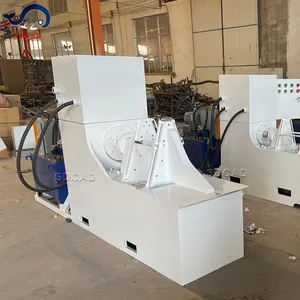
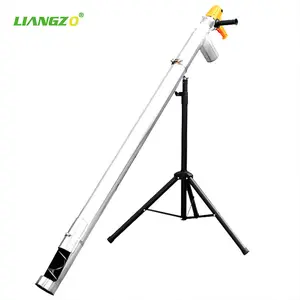







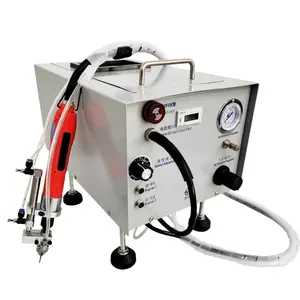






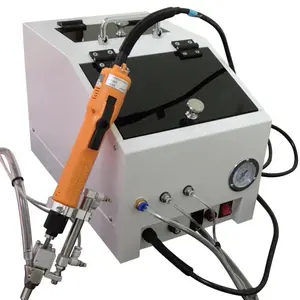


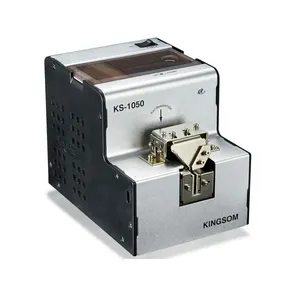
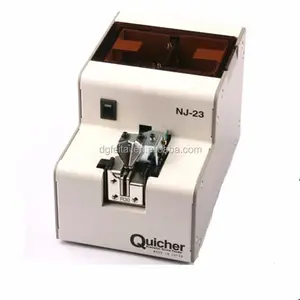












































 浙公网安备 33010002000092号
浙公网安备 33010002000092号 浙B2-20120091-4
浙B2-20120091-4